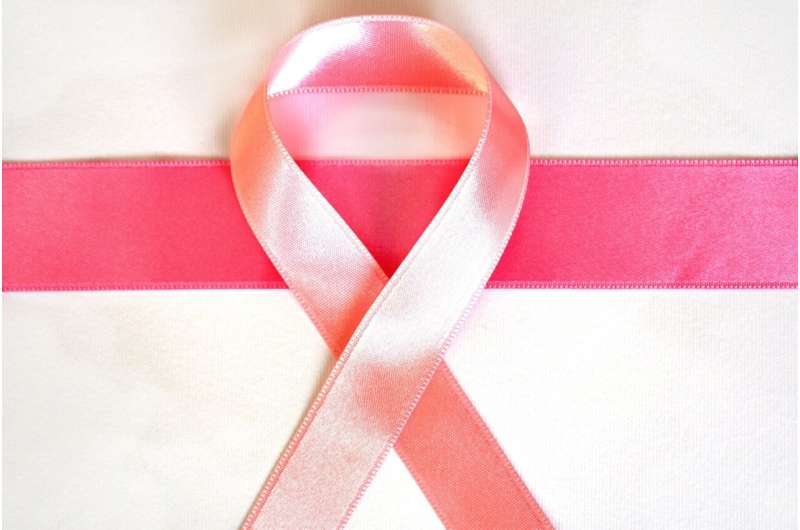Rising Incidence of Breast Cancer Among Young Women Explained

Breast cancer rates are rising among women aged 20 to 49, driven by earlier menarche, reproductive trends, and lifestyle factors. Learn about the causes, risks, and preventative strategies.
Breast cancer is a major health concern affecting women worldwide. In the United States, it is estimated that about one in every eight women will be diagnosed with this disease at some point in their lives. Alarmingly, recent data shows a steady increase in breast cancer cases, with rates climbing approximately 1% annually from 2012 to 2021.
This upward trend is not uniform across all age groups. According to Dr. Adetunji Toriola, a prominent researcher at Washington University in St. Louis, the incidence of breast cancer is noticeably rising among younger women aged 20 to 49. His team’s analysis of two decades’ worth of data reveals that these increases are particularly prominent in estrogen receptor-positive tumors, which are types of breast cancers driven by the hormone estrogen. Conversely, tumors not influenced by estrogen have shown a decline.
The link between estrogen exposure and breast cancer risk is well established. Changes in biological and reproductive patterns seem to contribute significantly to this trend. Girls today tend to experience menarche, their first menstrual cycle, earlier than in previous generations, resulting in longer lifetime exposure to estrogen. Research indicates that each year earlier in starting menstruation can raise breast cancer risk by around 9–10%.
Additionally, delays in childbearing and having fewer children are important factors. Women are increasingly postponing pregnancy to their 30s, and overall, fewer women are having multiple children, which are factors that elevate the risk for estrogen receptor-positive breast cancer.
Environmental and lifestyle factors may also play a role. Exposure to certain chemicals, early puberty due to environmental influences, and behavioral trends such as increased alcohol consumption—particularly binge drinking among younger women—may contribute to the rising incidence.
Preventative measures, such as maintaining a healthy diet rich in vegetables and fiber, staying physically active, and avoiding rapid weight gain, can help reduce personal risk. Regular screening and discussions with healthcare providers are crucial, especially as women approach their 40s, but early education on risk mitigation should begin much earlier.
Research efforts continue to explore how changes in reproductive habits, environmental exposures, and biological factors influence breast cancer trends among young women. Increased awareness and proactive lifestyle choices are vital steps in addressing this growing health issue.
Stay Updated with Mia's Feed
Get the latest health & wellness insights delivered straight to your inbox.
Related Articles
Intravenous Tenecteplase Enhances Outcomes Before Thrombectomy in Stroke Patients
A recent study reveals that administering intravenous tenecteplase before endovascular thrombectomy can significantly improve functional independence in stroke patients, highlighting advances in stroke treatment protocols.
Enhanced Accuracy of Cardiovascular Risk Assessment through New Study Findings
A new study validates the effectiveness of the PREVENT cardiovascular risk tool across diverse Asian and Hispanic populations, enhancing personalized heart disease prevention strategies.



